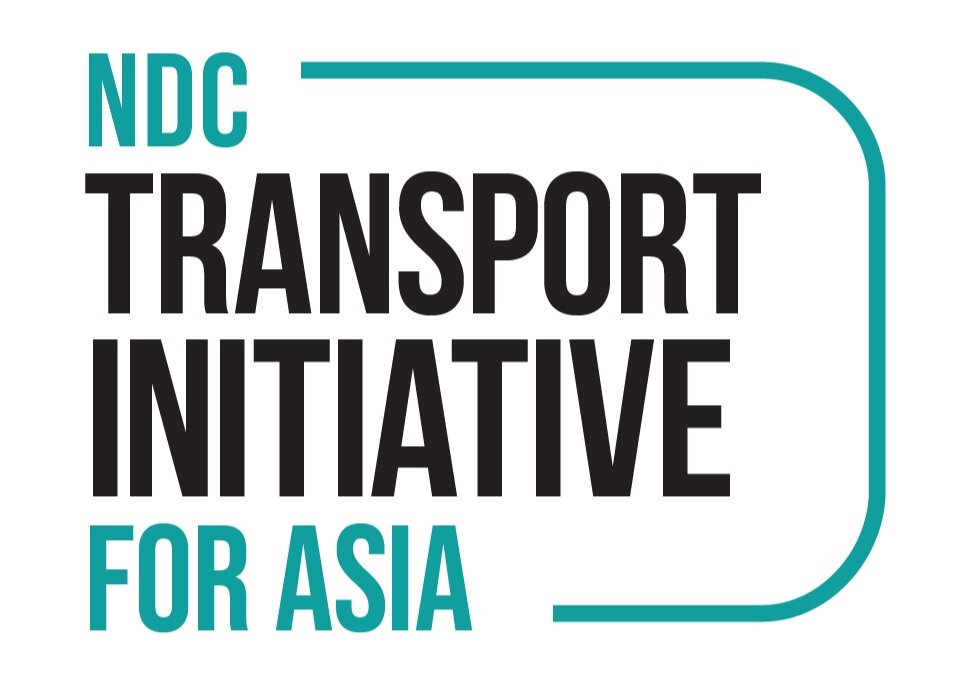Overview of Asian and Asia-Pacific passenger vehicle taxation policies and their potential to drive low-emission vehicle purchases
By Zhinan Chen, Zifei Yang, and Sandra Wappelhorst
This paper focuses on national-level taxation and subsidy policies for passenger vehicles across 18 Asian and Asia-Pacific countries and compares the consumer ownership costs of a gasoline, a hybrid electric, and a battery electric vehicle in these countries over a 6-year ownership period. The paper also identifies the policies and countries that are providing the most significant and effective incentives for more-efficient vehicles and electric vehicles (EVs). The authors find that a high one-time tax is usually the main driver of high consumer ownership cost and consequently reductions in one-time taxes carry the greatest potential for creating benefits for efficient vehicles and EVs through tax policy.
Read more at icct.org.

